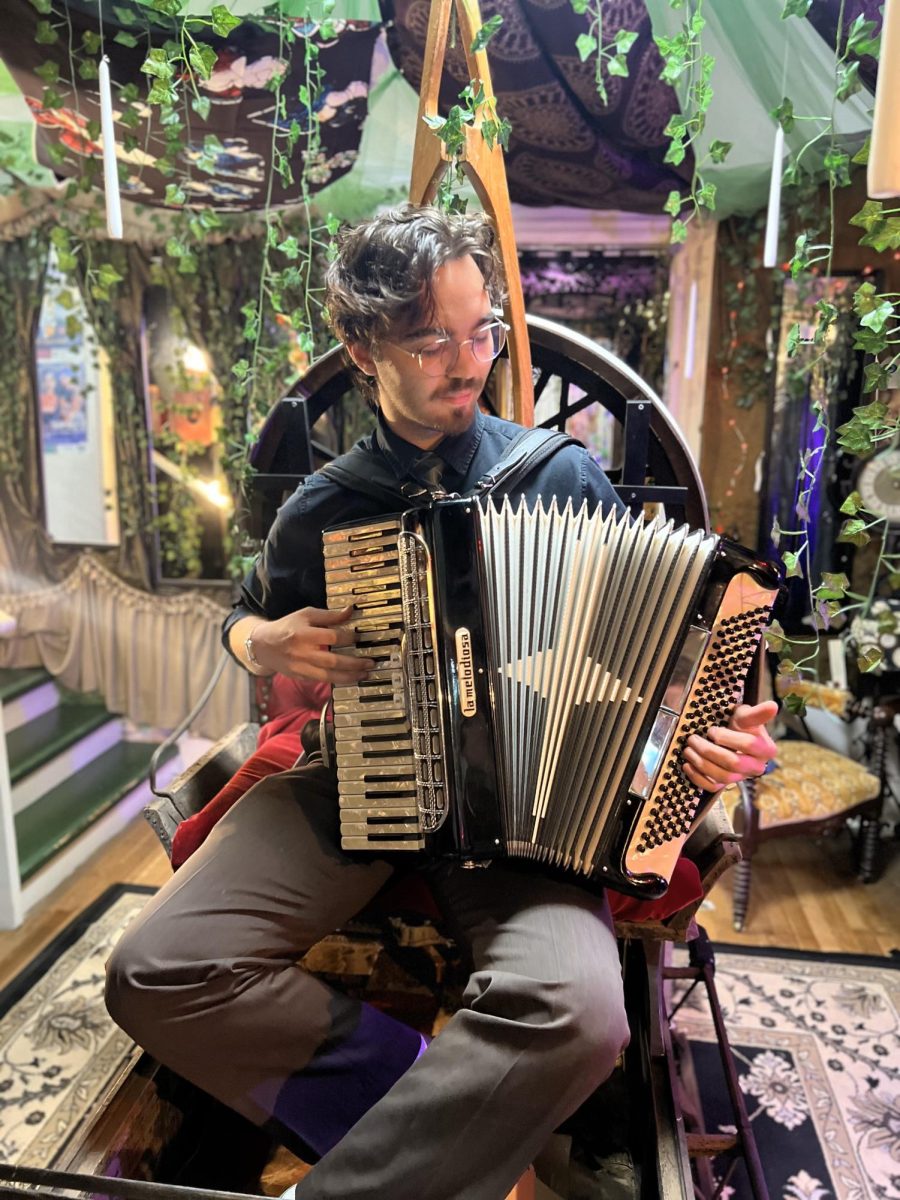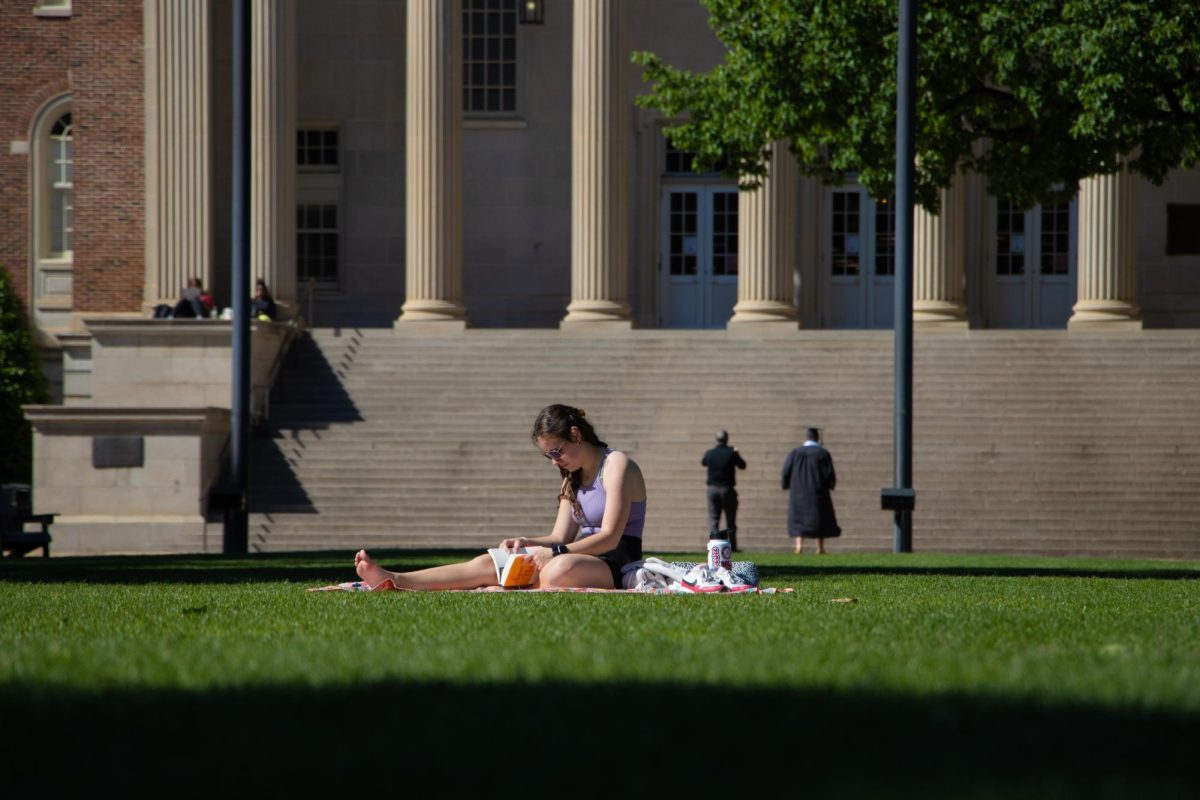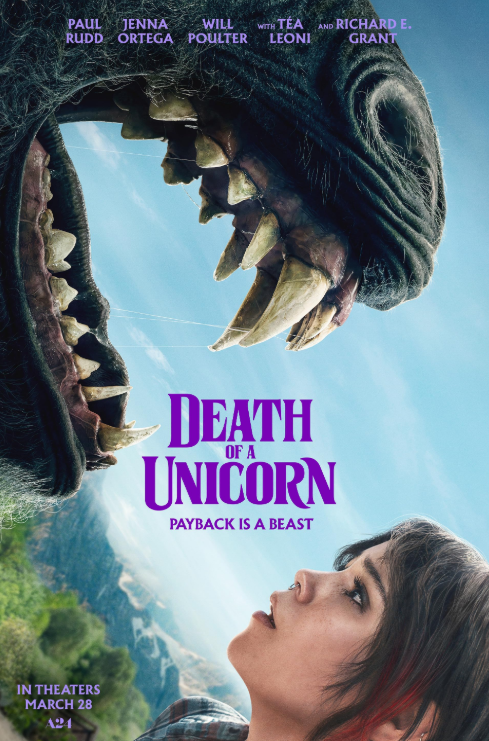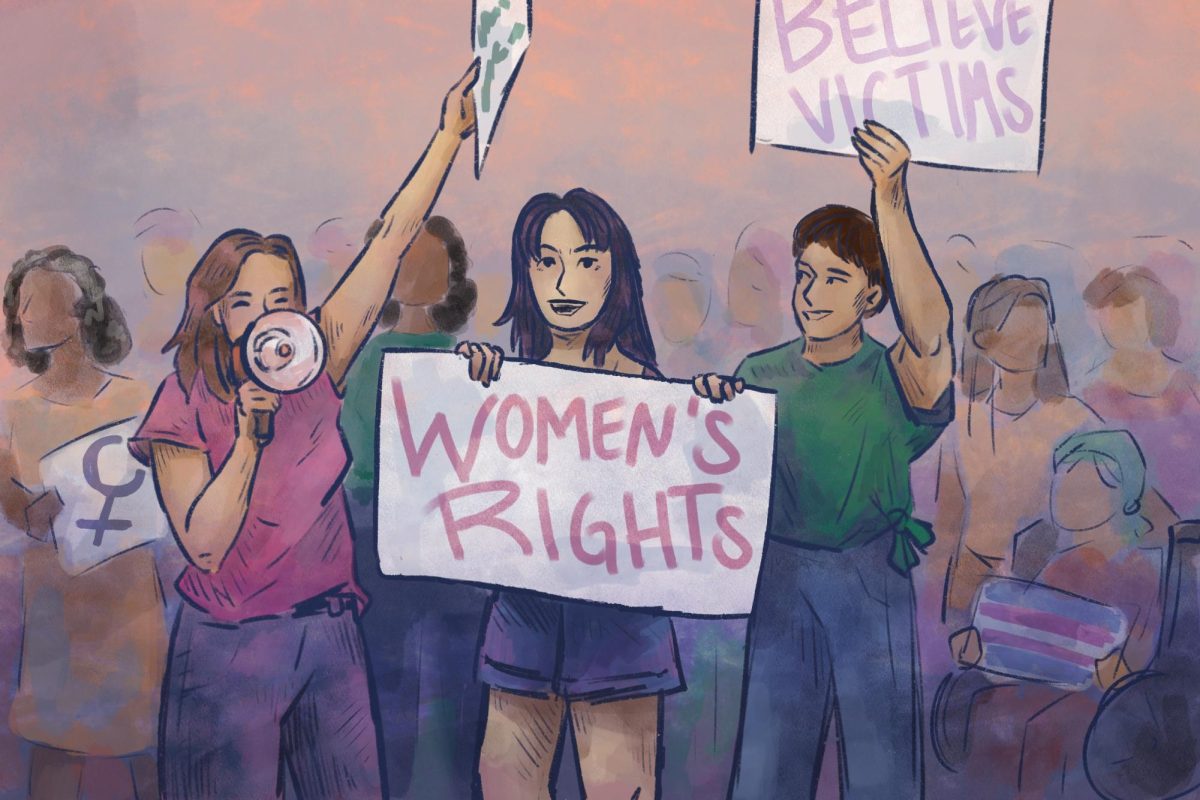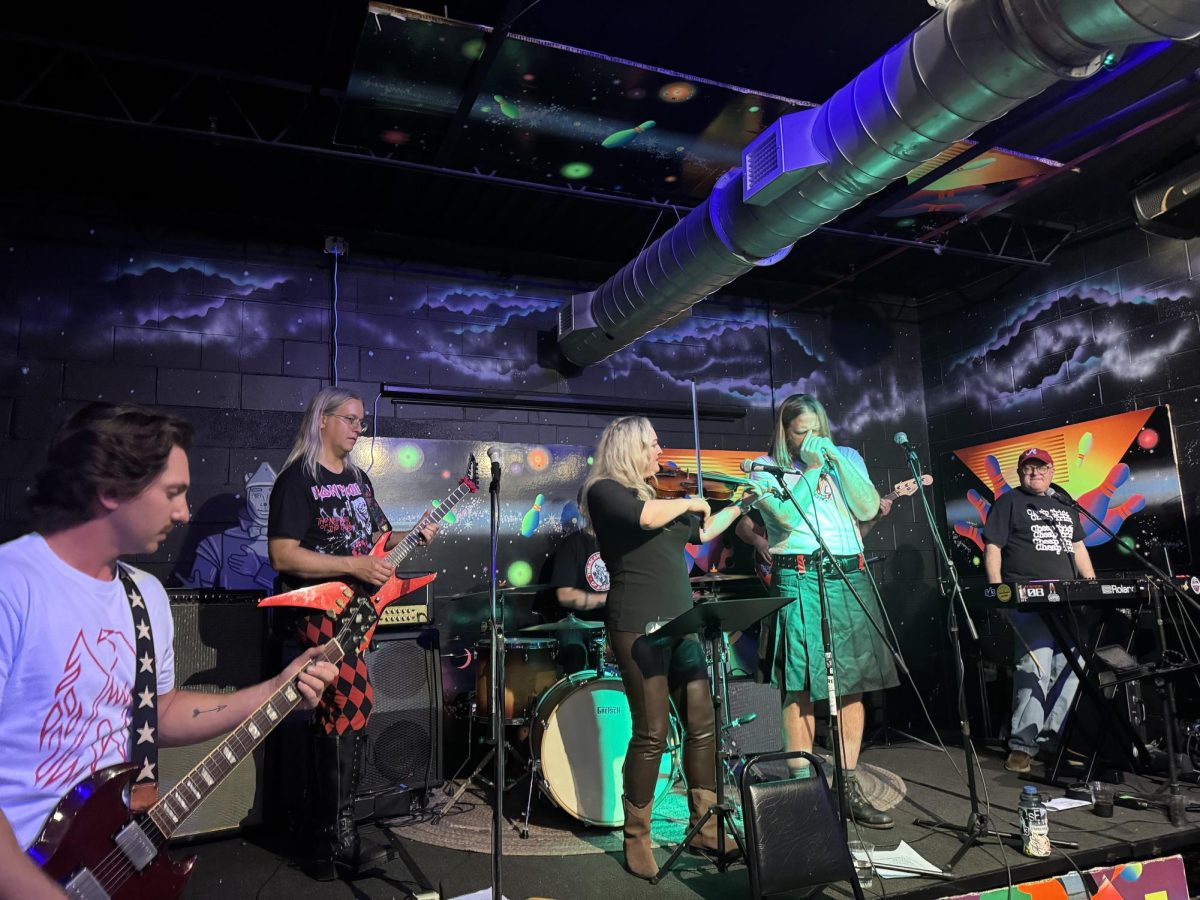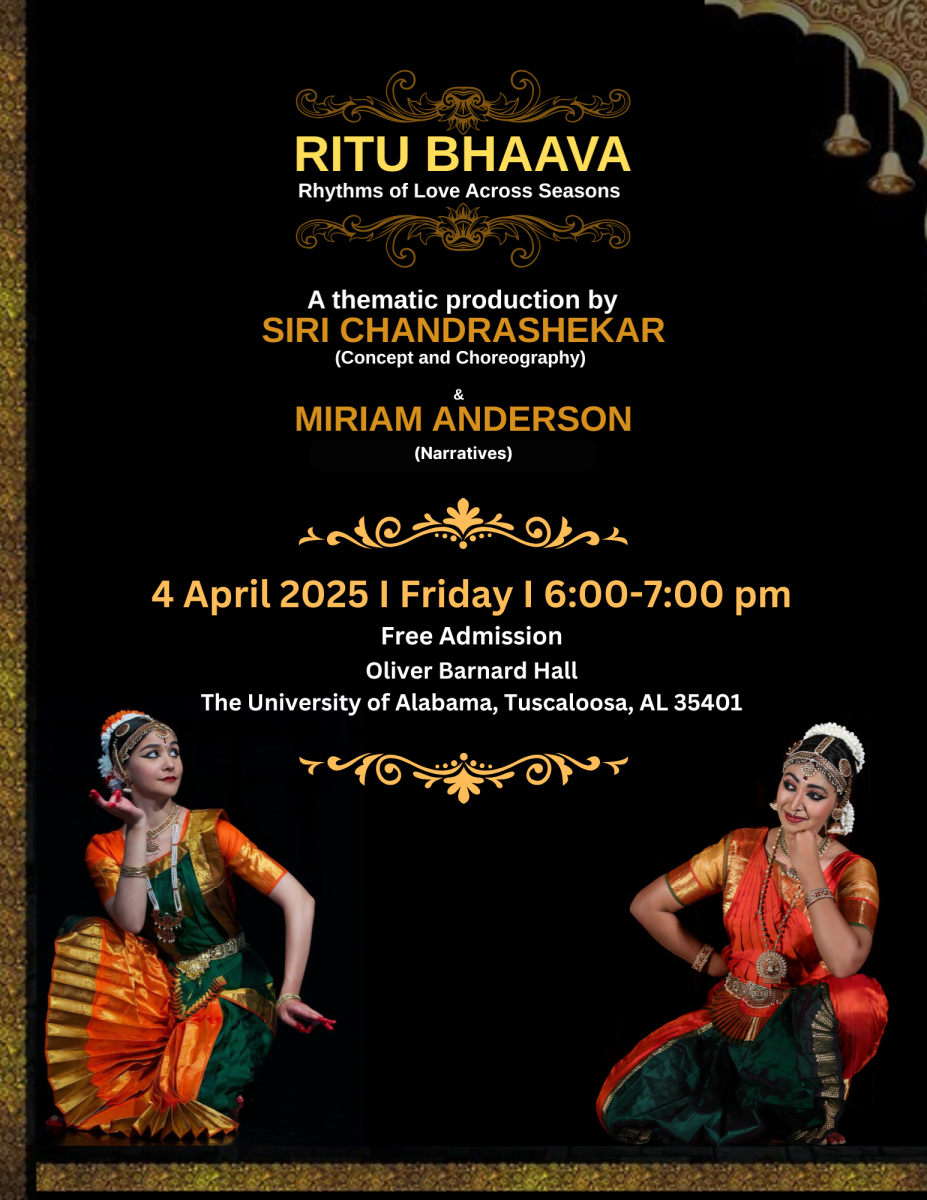Set your radio to WVUA-FM, also known as 90.7 The Capstone, and you’ll probably hear a few familiar voices gracing the airwaves. Some local radio stations make an effort to showcase music by Tuscaloosa and Alabama-based bands, in addition to broadcasting nationally recognized music.
From Wesley Schultz of the Lumineers to Anthony Kiedis of the Red Hot Chili Peppers to the girl who sits next to you in math class or the guy who rang up your groceries yesterday, these voices could be anyone.
“[Our relationship with local bands] is a fairly friendly relationship,” said Brian Hoff, the assistant music director of WVUA-FM. “It’s very open-ended. There’s no sort of strict guidelines or anything. We kind of just develop friendships, and when their music comes out and we hear about it, we’re glad to play it if it’s any good.”
Hoff and music director Matt Okerman talk to music promoters, manage the station’s playlists and, ultimately, decide what music plays on WVUA-FM, the University’s student-operated radio station.
WVUA-FM plays one or two local songs per hour, creating a more personal experience for both the station’s staff and its audience, Okerman said.
“I feel like it makes it more real; it gives us a real connection,” said Okerman, a freshman majoring in accounting and telecommunication and film. “It’s harder to get in contact with the bigger bands that we play, but the local bands are on a more personal level, where you know the artist and have more of a connection”
Jeremy Butler, a TCF professor, hosts “All Things Acoustic,” a segment airing on Alabama Public Radio every Friday from 8 to 10 p.m. Butler said he usually features two or three Alabama-based songs per two-hour show, and he plays a song specifically from Tuscaloosa once every three to four weeks.
“I do a folk music show,” Butler said. “Folk music in general emphasizes people’s roots and their regional experiences. So it makes sense to me that a folk music show in Alabama would also tap into Alabama roots.”
Being from Alabama, or even from Tuscaloosa, doesn’t guarantee an artist will get played on “All Things Acoustic.” However, Butler said it doesn’t hurt.
“If I know somebody is from Alabama, I’ll give a listen to it when I might not listen to it [otherwise],” Butler said. “So if there’s a local angle on a CD that I happen across, I’ll give it a chance when if it were just somebody from [somewhere else] I’d just pass it by.”
Lance Kinney, professor in the advertising and public relations department and host of the Alabama Public Radio show “Bama Bluegrass,” said about 15 to 20 percent of the music he plays has Alabama ties. The show, which airs on Saturdays from 7 to 9 p.m., features a 20 minute gospel section in which most of the Alabama-based music can be heard.
“I get bluegrass CDs from Italy; I get bluegrass CDs from Ireland, from Australia,” Kinney said. “But being based in Alabama at The University of Alabama and being a public radio station, I feel obligated to give a good listen and a good platform to Alabama-based musicians.”
Playing local music benefits both the station and the artist, Hoff and Okerman said.
“Being part of the radio station, we’re all part of this process together,” Hoff, a senior majoring in public relations, said. “We get a lot of work experience out of working with local bands. And [the artists], on the other hand, get experience having their music played.”
When local radio stations play local artists, it’s not only publicity for the stations, but also for the artists as well. Having a song on the radio potentially enables local artists to reach a broader audience than they might have otherwise.
Being featured on “Bama Bluegrass” can be especially advantageous for bluegrass artists because not many other outlets for that genre exist. In addition to providing income, these live shows motivate the artists to practice and maintain their skillset, Kinney said.
“If [bluegrass musicians] get to the point even that they’ve got enough visibility that they can play once a month, they’re gonna continue to rehearse,” Kinney said.
Radio stations and music show hosts use a variety of methods to discover local music. For example, Butler said he discourages CD submissions and instead prefers using local networking and word of mouth to find new music.
On the other hand, Kinney encourages his audience to submit CDs as his primary method of discovering local artists. He said he listens to every CD submitted, but he has specific standards for what gets played on the air.
“The thing that I’m gonna be looking for when I get music from an Alabama bluegrass band is broadcast quality,” Kinney said. “Is it well recorded? Is it well produced? Will it sound good when I broadcast it? Because I do get a lot of music that I can’t feature because it’s amateurishly recorded and packaged and it’s just not up to a broadcast kind of quality.”
At WVUA-FM, Okerman and Hoff develop relationships with local artists by going to shows, but these relationships can also originate by artists reaching out to the station. Hoff said email is the easiest and most frequently used method of submitting music, but the station receives in-person submissions as well.
In order to determine which of these submissions actually become a part of the WVUA-FM’s rotation, Hoff and Okerman look for a variety of elements, including catchiness, distinctiveness and whether the song follows the station’s adult alternative format.
In addition to broadcasting local music on the radio, WVUA-FM often features Tuscaloosa-based bands in its fundraisers and other events. The station held a benefit concert at the Jupiter last October featuring local bands Motherfunk and The Doctors and the Lawyers. The WVUA staff will also host Tuscapalooza, a music festival-type event featuring local artists, in the spring.
“For the most part, from what I’ve experienced [in the past], people were more than happy to line up for it,” Hoff said. “People want their music to be heard, and we’re a great outlet for that.”
At Alabama Public Radio, both Kinney and Butler support local artists by informing their audience about upcoming live performances.
When local radio stations play local music, both the station and the artist reap the rewards, but Okerman said a third party benefits as well: the audience.
“I feel like a lot of people are tired of hearing the same songs over and over on the radio,” Okerman said. “I feel like 90.7 gives them an outlet to hear different music. Just a unique variety of music to listen to, whether that’s local bands or just the variety that we play.”



